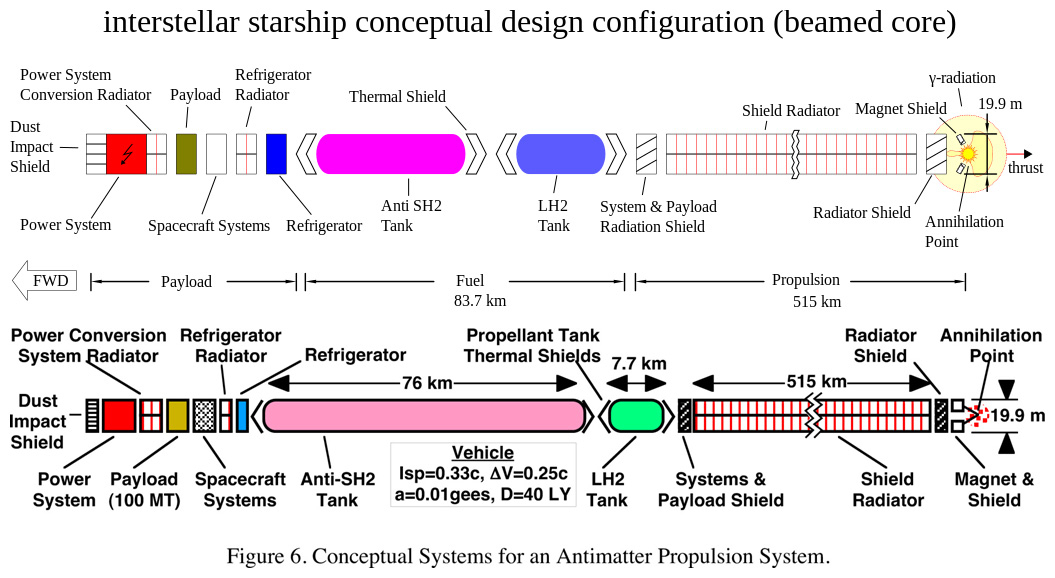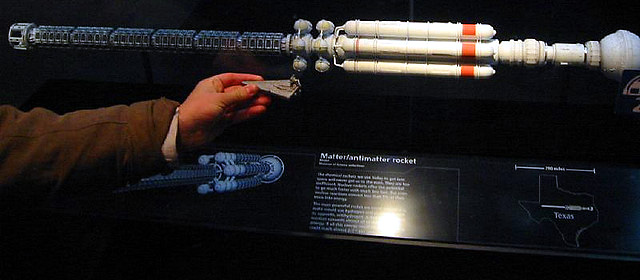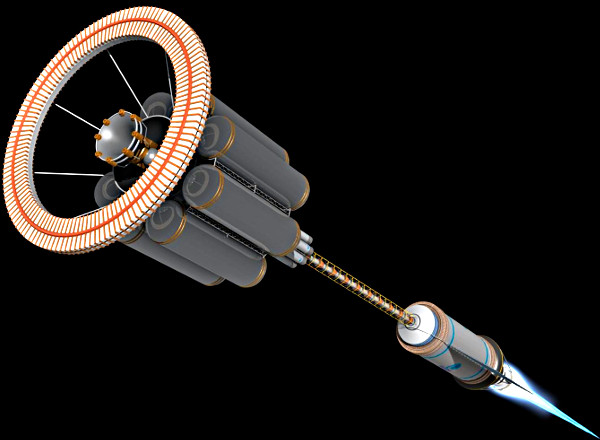UAS Terpsichore
The UAS Terpsichore was the last colony ship manufactured by Union's Second Committee during the Second Expansion era, and indeed the very last colony ship manufactured by Union, period. At 2,850 kilometers long and 70 kilometers wide, with a gross mass of over 230 gigatons, she set the standing record for the largest ship in the Union Navy and single largest expenditure of SecComm yet recorded, despite being an auxiliary ship. She was constructed in utter secrecy at the Cornucopia Naval Yard with the express mission of flanking the nascent Aun Ascendancy, setting off on a 275 light-year maneuver that would have ideally taken 427 years (objective time) to complete. Aboard the Terpsichore, this journey would have taken approximately 297 years (subjective time). She was captained by Admiral Aanel Wollam, previously of the Boundary Garden Fleet, and her chief navigator was Kimik Harlaan, who is forever enshrined on Nuavaao as an enduring culture hero.
Tragically, the Terpsichore was struck by an uncharted asteroid on approach to the Nuavaao system, and was unable to complete the final phase of its deceleration as planned. The impact of the asteroid severed the magnetic confinement of the final stage's exhaust, threatening the complement with deadly radiation as the plume did not have the requisite shielding between it and the hab module. Aanel Wollam, rather than risk the lives of all souls aboard, performed an emergency separation of the final stage's propulsion section, rendering the ship unable to decelerate further. After evacuating all civilian settlers, with the assistance of Kimik Harlaan, she used the system's numerous gas giants to perform a series of atmospheric braking maneuvers with the hope of entering Nuavaao's atmosphere relatively safely.
However, these maneuvers had significantly degraded the Terpsichore's structural integrity, and as the ship descended through Nuavaao's upper atmosphere, she broke up and was destroyed. All 384 souls then aboard are presumed to have perished in what would become known to the Nuavaaii as the First Cataclysm.
Power Generation
Each stage contained four magnetic-inertial confinement He3D fusion reactors for power, as well as countless polycrystalline photovoltaic arrays.
Propulsion
Each stage was powered by a proton-antiproton beam-core Frisbee (Pion) drive, with an auxiliary catalyzed ramjet. The ramjet was intended less for propulsion and more for moving interstellar dust out of the way, which would have otherwise detonated with the force of four anti-tank landmines for each sub-micrometer particle impacted; however, it did, handily, provide additional reaction mass while using the same antiproton fuel as the main drive. Each stage had a "solar moth" sail array as a backup.
Weapons & Armament
The Terpsichore was unarmed, except for batteries of kinetic slug-throwers, meant to divert oncoming celestial bodies.
Communication Tools & Systems
The Terpsichore possessed a long-range blinknet comms suite, and carried with it a deployable deep-field blinknet relay node.
Sensors
Phased-array lidar and radar suite for terrestrial mapping and rangefinding
Additional & auxiliary systems
One naval-grade printer, four settlement-grade printers, a cloning facility, gene vault and genetics lab, hydroponics and seed vault, food synthesizer, waste recyclers, reactor radiators, shipboard NHP casket and inactive colony-management NHP casket, vehicle service facility (including mech capability), printer raw material storage, and the materials needed for a skeletonized blinkgate station.
A diagram of a beamed-core starship (hab in brown).
One of the Terpsichore's six stages.
An early prototype of the Terpsichore's hybrid catalyzed ramjet engine, showing the frontal scoop and forward magnetic ring.
Manufacturer
Owning Organization
Width
70 km
Length
2850 km (six 475 km stages)
Weight
230.39 GT
Speed
0.01 g/0.75c
Complement / Crew
384 crew and 1100 civilian settlers





Comments